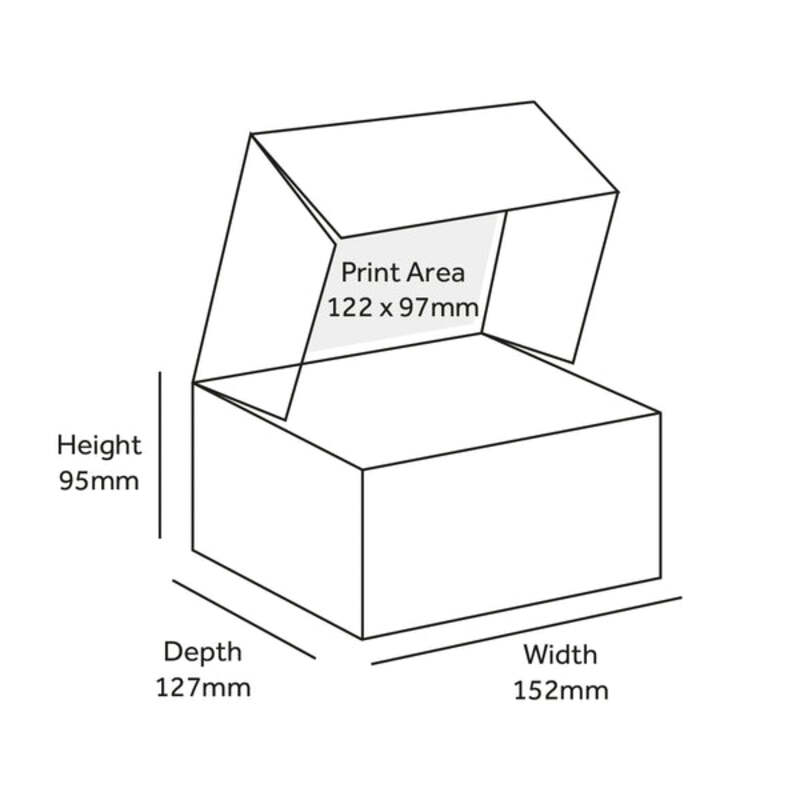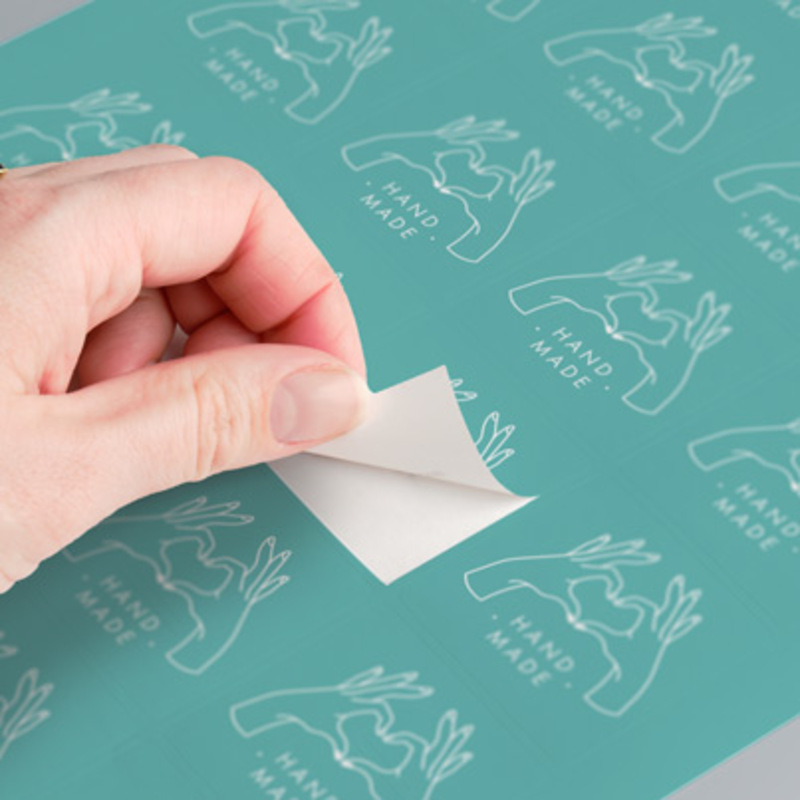In the realm of crafting, displaying, and preserving cherished art pieces or collectible items, the importance of a well-chosen backing board cannot be overstated. An indispensable component for a wide array of applications, backing boards provide support, stability, and protection. Each element of its attributes contributes to optimizing its usability, conservation quality, and visual impact, making it a critical choice for professionals and hobbyists alike.

The versatility of backing boards derives from the array of materials they are crafted from, such as foam, corrugated cardboard, and chipboard. Each type serves distinct needs and purposes. Foam boards, typically made with a polystyrene core between two layers of clay-coated paper, offer lightweight maneuverability ideal for presentations and artwork mounts. Their rigidity combined with ease of cutting makes them a staple in temporary displays and signage. Corrugated cardboard boards, on the other hand, deliver a balance between durability and cost-effectiveness, making them preferable for shipping and packaging. Their multilayered structure, featuring fluted paper sandwiched between two liners, provides strength and cushioning, which safeguards contents against impacts during transit.

Chipboard, composed of recycled paper pressed into dense sheets, boasts an eco-friendly appeal. Its robustness and customizability in thickness allow for creative uses from bookbinding to constructing sturdy bases for model-making. Moreover, the environmental aspect not only resonates well with ecologically-conscious consumers but also aligns businesses with sustainable practices.
For art and archival purposes, the choice of a backing board veers towards inert, acid-free materials that promise longevity and residual aesthetic appeal. Here, conservation-grade foam board with archival-quality paper liners is a recommended solution to prevent deterioration of sensitive artworks and photographs. Such boards inhibit acidity and lignin intrusion, safeguarding against yellowing and brittleness over time, which is crucial for historians, galleries, and museums aiming to maintain the integrity of curated items.backing board
In terms of expertise, a pivotal consideration when selecting a backing board is understanding the end-use environment and requirements. Clarity in purpose ensures that the backing board enhances rather than detracts from the presentation or preservation quality. For instance, displaying works in a high-humidity environment necessitates boards that resist warping and moisture absorption. Meanwhile, for outdoor displays or high-trafficked areas, boards with UV resistance and hardy surface finishes emerge advantageous.
Authoritative recommendations suggest that when integrating backing boards into conservation or display practices, collaboration with conservators or professional framers can yield the most reliable results. Their proficiency in tailoring board specifications to individual projects acts as a testament to an informed choice, reinforcing customer confidence.
Securing trustworthiness is inherently tied to the transparency and quality assurances offered by manufacturers. Supply chains that provide certifications regarding the raw material origin and manufacturing processes (e.g., FSC certification for recycled materials) underline a commitment to quality and sustainability. Implementing such standards adds an extra layer of trust for consumers concerned about both product integrity and environmental impact.
Ultimately, whether utilized for commercial, educational, or personal purposes, a well-selected backing board complements the value of the item it supports. By keeping in mind essential factors like material properties, environmental conditions, and expert advice, one can make informed decisions that blend functionality with aesthetic and conservation priorities, yielding optimum results in terms of display longevity and protection.



